Laurie Abraham - The Husbands and Wives Club: A Year in the Life of a Couples Therapy Group
Here you can read online Laurie Abraham - The Husbands and Wives Club: A Year in the Life of a Couples Therapy Group full text of the book (entire story) in english for free. Download pdf and epub, get meaning, cover and reviews about this ebook. year: 2010, publisher: Touchstone, genre: Detective and thriller. Description of the work, (preface) as well as reviews are available. Best literature library LitArk.com created for fans of good reading and offers a wide selection of genres:
Romance novel
Science fiction
Adventure
Detective
Science
History
Home and family
Prose
Art
Politics
Computer
Non-fiction
Religion
Business
Children
Humor
Choose a favorite category and find really read worthwhile books. Enjoy immersion in the world of imagination, feel the emotions of the characters or learn something new for yourself, make an fascinating discovery.

- Book:The Husbands and Wives Club: A Year in the Life of a Couples Therapy Group
- Author:
- Publisher:Touchstone
- Genre:
- Year:2010
- Rating:3 / 5
- Favourites:Add to favourites
- Your mark:
The Husbands and Wives Club: A Year in the Life of a Couples Therapy Group: summary, description and annotation
We offer to read an annotation, description, summary or preface (depends on what the author of the book "The Husbands and Wives Club: A Year in the Life of a Couples Therapy Group" wrote himself). If you haven't found the necessary information about the book — write in the comments, we will try to find it.
For more than a year, journalist Laurie Abraham sat in with five troubled couples as they underwent the searing process of group marriage therapy. Published as The New York Times Magazines cover story Can This Marriage Be Saved? the resulting article generated intense reader response and received the Award for Excellence in Journalism from the American Psychoanalytic Association. Though the article allowed Abraham to focus on only one couple, this book, which grew out of it and the reaction it inspired, tells the moving, fascinating story of all five.
The couples: Can Leigh and Aaron find the intimacy their marriage lacks; will Bella and Joe resolve the imbalance of power that threatens to topple their marriage; are Sue Ellen and Mark as ideal as they seem; what happened to Rachael that Michael cannot acknowledge; and do Marie and Clem, with the help of therapist Judith Coch, come back from the brink of divorce?
With the dexterity of a novelist, Abraham recounts the travails, triumphs, and reversals that beset the five couples. They work with their therapistand each otherto find out whether they can rediscover the satisfaction in marriage that they once had. At times wrenching, at times inspiring, the sessions bring out the long-hidden resentments, misunderstandings, unmet desires, and unspoken needs that bedevil any imperiled couple. At the same time, these encounters provide road maps to reconciliation and revival that can be used by anyone in a relationship. Along the way, the author draws on her explorations of literature and
Freudian theory, modern science, and todays cutting-edge research to decode the patterns and habits that suggest whether a troubled marriage will survive or die. Both an important look at the state of marital dysfunction and a reaffirmation of the enduring bonds of love, The Husbands and Wives Club is an extraordinary year in the life of the American marriage.
Laurie Abraham: author's other books
Who wrote The Husbands and Wives Club: A Year in the Life of a Couples Therapy Group? Find out the surname, the name of the author of the book and a list of all author's works by series.

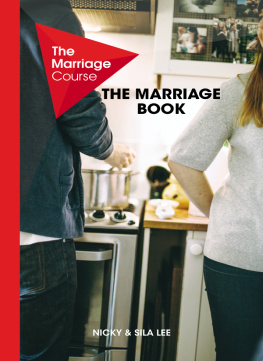


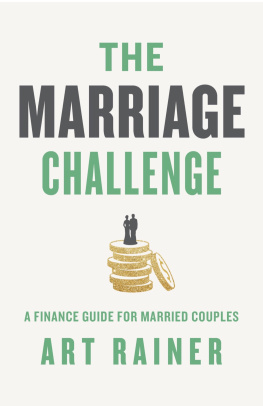
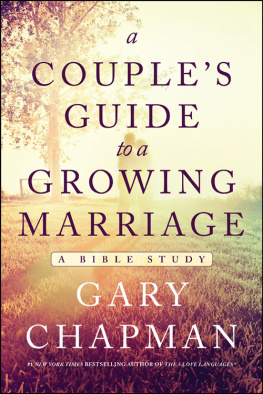
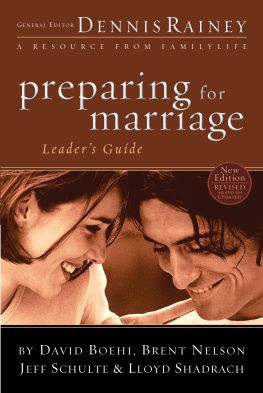



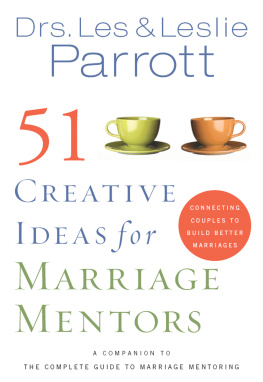




 check marks being, in the world of magazine editing from which I come, the indication of appreciation for a particular word, sentence, or idearestrained, but no less the loving for it.
check marks being, in the world of magazine editing from which I come, the indication of appreciation for a particular word, sentence, or idearestrained, but no less the loving for it.